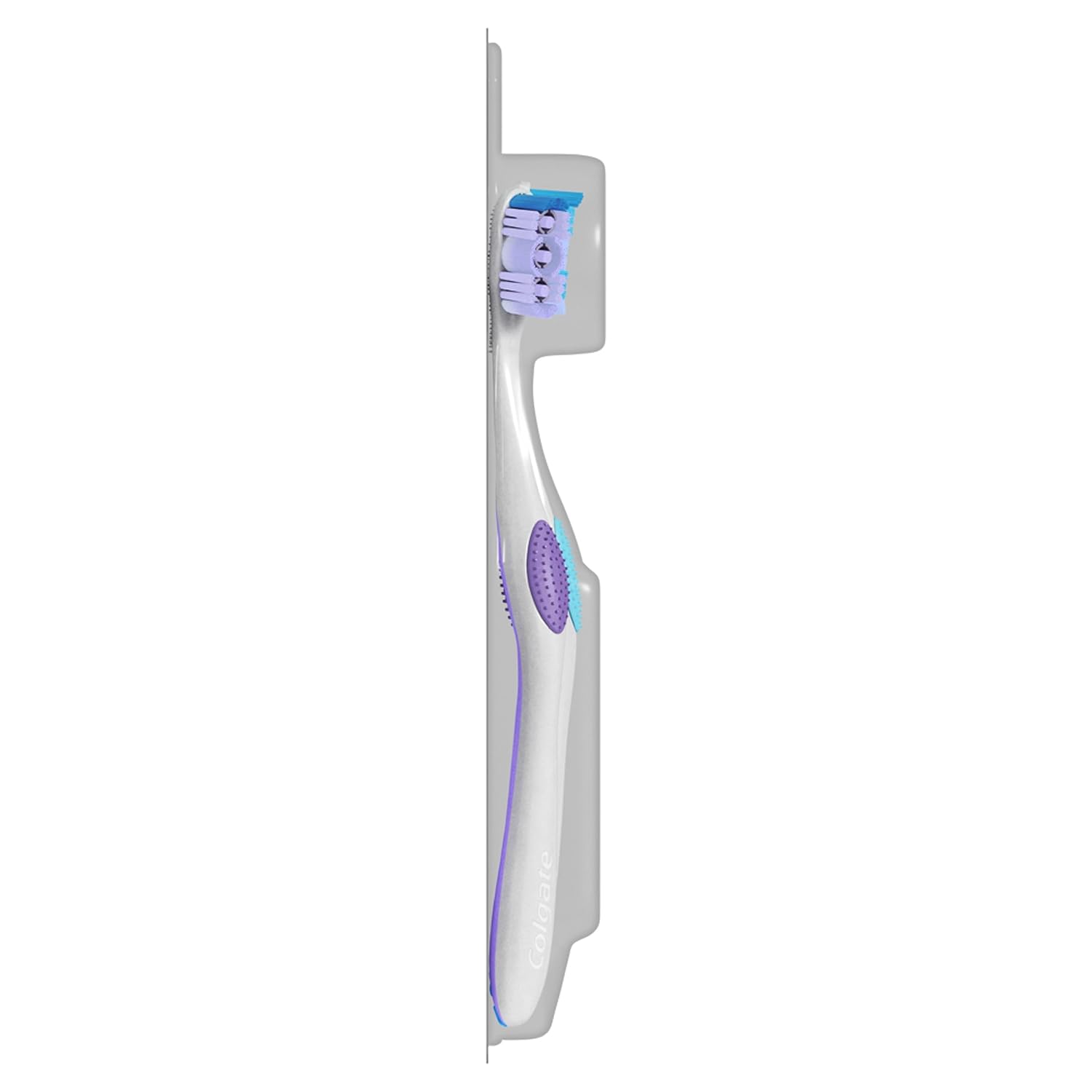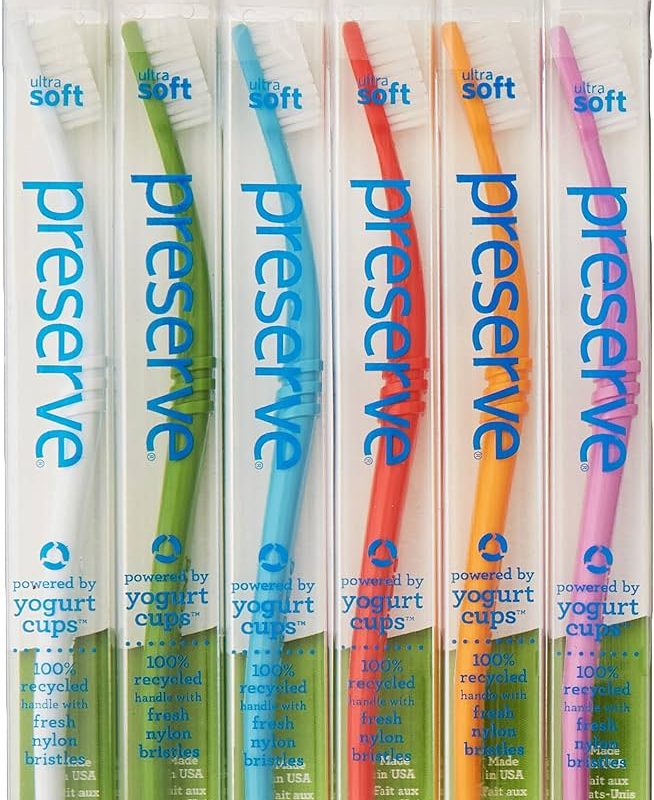Introduction:
Maintaining good oral hygiene is crucial for overall health, and one of the key elements is ensuring you use a clean and effective toothbrush. Knowing when to change your toothbrush can prevent various dental issues and keep your mouth healthy. This guide delves into the optimal timing for replacing your toothbrush, the factors that influence this decision, and best practices for maintaining oral hygiene.

When Should You Change Your Toothbrush:
What Are the Best Practices for Oral Hygiene?
The Recommended Timeframe:
How Often Should You Replace Your Toothbrush?
Understanding the general guidelines for toothbrush replacement helps ensure effective cleaning.
ADA Recommendations:
Guidelines for Change:
Every 3-4 Months: The American Dental Association (ADA) recommends replacing your toothbrush every three to four months. This timeframe ensures the bristles remain effective in removing plaque and food particles.
Worn Bristles: Over time, bristles become frayed and less effective. Worn bristles can fail to clean your teeth properly, allowing plaque buildup and increasing the risk of gum disease.
Post-Illness:
Preventing Reinfection:
After Sickness: Replace your toothbrush after recovering from an illness such as a cold, flu, or oral infection. Germs can linger on toothbrush bristles, potentially causing re-infection.
Immune System Consideration: This practice is especially important for individuals with compromised immune systems, as they are more susceptible to infections.

Visible Signs of Wear and Tear:
What Are the Indicators to Watch For?
Certain visible signs indicate it’s time to change your toothbrush even if you haven’t reached the three-month mark.
Frayed Bristles:
Bristle Condition:
Deformed Shape: Check for frayed or bent bristles. These signs suggest that the toothbrush is no longer effective in cleaning teeth and reaching between them.
Color Fading:
Built-in Indicators:
Color Change: Some toothbrushes come with colored bristles that fade over time. This feature acts as a reminder for when it’s time to replace the toothbrush.
Discoloration: If the bristles appear discolored or stained despite regular rinsing, it may signal bacterial buildup, necessitating a new toothbrush.
Hygiene Considerations:
Why Is Regular Toothbrush Replacement Important?
Regular replacement of your toothbrush is essential for maintaining oral hygiene and overall health.
Bacterial Accumulation:
Germ Buildup:
Hygiene Factor: Toothbrushes can harbor bacteria, fungi, and other microorganisms. Replacing your toothbrush regularly reduces the risk of introducing these germs into your mouth.
Bacterial Growth: Damp conditions in the bathroom can promote bacterial growth on bristles, further emphasizing the need for regular replacement.

Effective Cleaning:
Maintaining Efficacy:
Optimal Performance: New bristles have the necessary stiffness to clean teeth effectively, removing plaque and food particles more efficiently than worn bristles.
Protecting Gums: Old, frayed bristles can become too harsh, potentially causing gum irritation or damage. New brushes maintain the right balance of firmness and gentleness.
Environmental Factors:
What External Conditions Affect Toothbrush Longevity?
Certain environmental factors can influence how quickly a toothbrush wears out.
Storage Conditions:
Proper Drying:
Air Flow: Store your toothbrush in an upright position and allow it to air dry. Avoid covering it or placing it in a closed container where moisture can promote bacterial growth.
Location: Keep your toothbrush away from the toilet area and ensure it’s stored in a clean environment to minimize contamination.
Usage Frequency:
Personal Habits:
Brushing Duration: If you brush your teeth more than twice a day or use significant pressure while brushing, your toothbrush may wear out faster, requiring more frequent replacement.
Family Usage: If multiple family members use a single toothbrush (not recommended), it will wear out more quickly and need replacing sooner.
Special Considerations:
Are There Situations Requiring More Frequent Replacement?
Certain situations necessitate changing your toothbrush more frequently than the general recommendation.
Orthodontic Devices:
Special Needs:
Braces and Retainers: Individuals with braces, retainers, or other orthodontic devices may need to replace their toothbrushes more often due to the additional wear and the need for more thorough cleaning.
Gum Disease:
Oral Health Conditions:
Periodontal Disease: Frequent toothbrush replacement is advised for individuals with gum disease or other severe oral health issues to minimize the risk of bacterial contamination.
Post-Surgical Care:
Healing Period:
After Oral Surgery: Following oral surgery, such as tooth extractions or implant placement, replace your toothbrush more frequently to prevent infection and ensure gentle cleaning.

Toothbrush Types:
How Do Different Types of Toothbrushes Influence Replacement Frequency?
The type of toothbrush you use can affect how often it needs to be replaced.
Manual Toothbrushes:
Standard Use:
3-4 Months: Manual toothbrushes generally follow the standard three to four-month replacement guideline. However, inspect the bristles regularly for wear and replace if necessary.
Electric Toothbrush Heads:
Replaceable Heads:
Every 3 Months: Replaceable heads on electric toothbrushes typically need to be changed every three months or sooner if signs of wear appear. Ensure you use genuine replacement heads for optimal performance.
Specialized Toothbrushes:
Unique Features:
Soft Bristles: Toothbrushes with special features, such as extra-soft bristles for sensitive gums, may wear out faster and require more frequent replacement.
Proper Toothbrush Care:
How Can You Maintain Your Toothbrush Between Replacements?
Proper care extends the life of your toothbrush and maintains its effectiveness.
Rinsing and Storing:
Daily Care:
Thorough Rinsing: Rinse your toothbrush thoroughly after each use to remove toothpaste, food particles, and debris. Shake off excess water before storing it.
Storage Method: Store your toothbrush in an upright position and ensure it’s not touching other toothbrushes to prevent cross-contamination.
Sanitizing Techniques:
Deep Cleaning:
Soak in Mouthwash: Occasionally soak your toothbrush in an antimicrobial mouthwash for a few minutes to kill germs and bacteria. Ensure it’s rinsed thoroughly before use.
Boiling Water: Boil your toothbrush in water for one to two minutes to disinfect it, but avoid frequent boiling as it can wear out the bristles quickly.
Storage Environment:
Dry and Clean:
Avoid Humidity: Keep your toothbrush in a dry environment. Avoid storing it in a damp bathroom or inside a cabinet, as moisture can promote bacterial growth.
Travel Considerations:
Portable Cases:
Ventilated Case: Use a ventilated toothbrush case when traveling to protect it from contamination while allowing it to dry out between uses.

Environmental Impact:
How Can You Minimize Waste When Replacing Toothbrushes?
Considering environmental sustainability in your oral hygiene routine can make a positive impact.
Eco-Friendly Options:
Sustainable Alternatives:
Bamboo Toothbrushes: Opt for bamboo toothbrushes with biodegradable handles instead of plastic ones. These are more environmentally friendly and reduce plastic waste.
Recyclable Toothbrushes: Some brands offer recyclable toothbrush programs. Look for toothbrushes made from recyclable materials and follow the manufacturer’s guidelines for recycling.
Proper Disposal:
Environmental Practices:
Recycle Components: Separate the plastic and bristle components if possible, and ensure they are disposed of according to local recycling guidelines.
Creative Reuse: Reuse old toothbrushes for cleaning small household items, such as grout, jewelry, or hard-to-reach areas, before finally disposing of them.
Conclusion
Knowing when to change your toothbrush is fundamental to maintaining effective oral hygiene and overall health. Regularly replacing your toothbrush every three to four months, along with considering visible signs of wear and post-illness replacement, helps ensure your toothbrush remains effective. Proper care and storage practices can extend the life of your toothbrush, while being mindful of environmental impacts contributes to sustainability. Incorporating these best practices into your routine will help you maintain a healthy mouth and bright smile.

